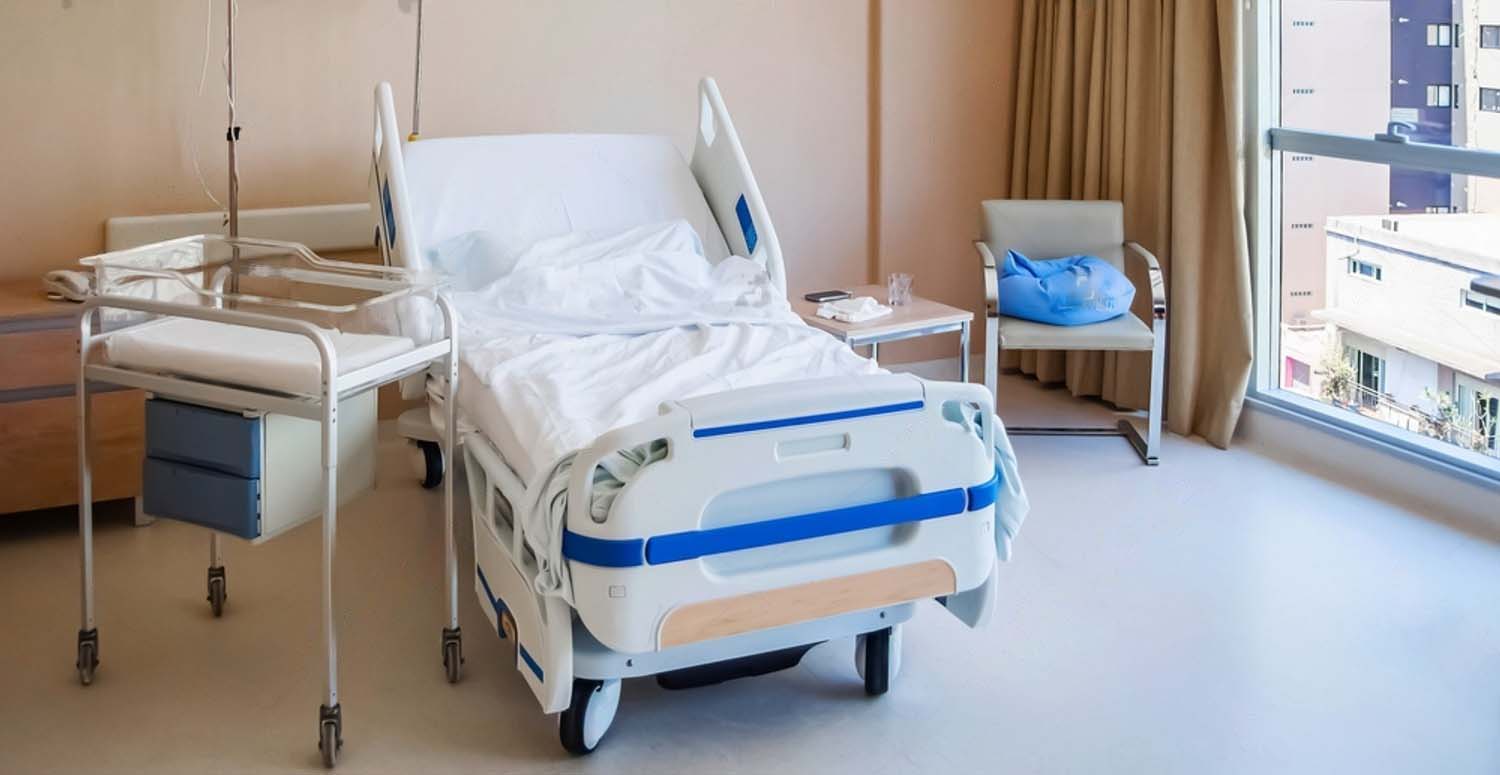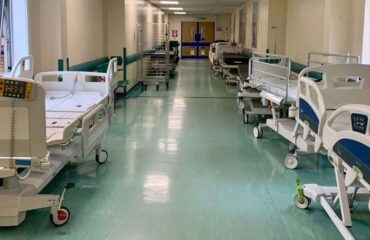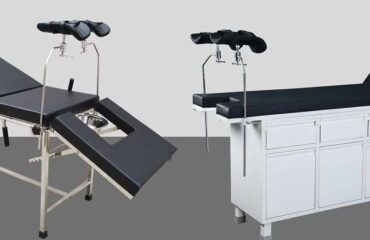Hospital beds are essential to patient care, designed to provide comfort, support, and facilitate medical treatments. Different types of hospital beds offer varied benefits tailored to specific patient needs.

Here, we explore the benefits of several types of hospital beds commonly used in healthcare settings:
Standard Hospital Beds
Standard hospital beds are adjustable, allowing for the head, feet, and overall height to be modified. They are suitable for a wide range of patients and offer several benefits:
- Adjustability: Facilitates easier patient transfer and allows for positioning that can aid in comfort and medical treatments.
- Side Rails: Provide safety by preventing falls.
- Mobility: Often come with wheels for easy movement within the hospital.
Low Hospital Beds
Low hospital beds are designed to be closer to the ground, reducing the risk of injury from falls. These beds are beneficial for:
- Fall Prevention: Ideal for patients at risk of falling, as the reduced height minimizes the impact of any potential falls.
- Ease of Access: Easier for patients with mobility issues to get in and out of bed.
Bariatric Beds
Bariatric beds are reinforced to support higher weight capacities, typically designed for obese patients. Benefits include:
- Enhanced Support: Sturdier construction to safely support patients of higher weights.
- Wider Dimensions: Offers more space, enhancing comfort and reducing the risk of pressure ulcers.
- Special Features: Often include additional functions such as integrated scales and advanced positioning options.
Air Fluidized Beds
Air fluidized beds are designed to reduce pressure on the skin and are filled with microspheres that simulate fluid, helping in the treatment and prevention of pressure ulcers. Benefits are:
- Pressure Ulcer Prevention: Provides excellent pressure redistribution to prevent bedsores.
- Comfort: Offers a soft, floating sensation that can be more comfortable for patients with severe wounds or burns.
- Moisture Control: Helps keep the skin dry, which is crucial for wound healing.
Electric Hospital Beds
Electric hospital beds allow for adjustments via a remote control, providing ease of use for both patients and caregivers. Key benefits include:
- Convenience: Easy adjustments without the need for manual effort.
- Precision: Enables precise positioning for better comfort and medical care.
- Patient Independence: Patients can adjust their position independently, which can be empowering and comfortable.
Gatch Beds
Gatch beds are manually operated hospital beds. While less common in modern settings due to the prevalence of electric beds, they still offer specific benefits:
- Cost-Effective: Typically less expensive than electric beds.
- Reliability: No reliance on electrical components, reducing the risk of mechanical failure.
- Adjustability: Allows for manual adjustment of head, feet, and bed height.
Specialty Beds
Specialty beds cater to specific medical needs, such as orthopedic beds for patients with spinal injuries or surgical recovery beds with features that aid in post-operative care. Benefits include:
- Targeted Support: Designed to meet the specific medical requirements of certain conditions or treatments.
- Enhanced Recovery: Features that promote quicker and more comfortable recovery processes.
Conclusion
The choice of hospital bed can significantly impact patient outcomes, comfort, and safety. Standard hospital beds provide essential functions for general patient care, while specialized beds like bariatric, air fluidized, and low beds offer tailored benefits for specific patient needs. Electric ICU beds provide ease of use and precision, enhancing both patient and caregiver experiences. Understanding the benefits of different hospital beds can aid healthcare providers in selecting the most appropriate bed for their patients, ultimately improving patient care and recovery.


